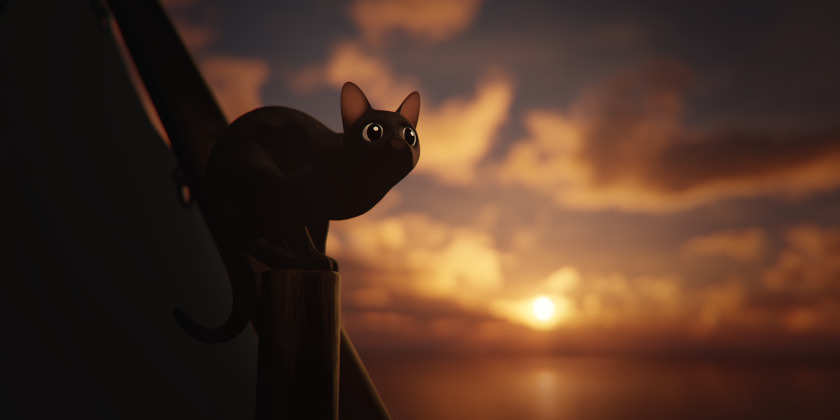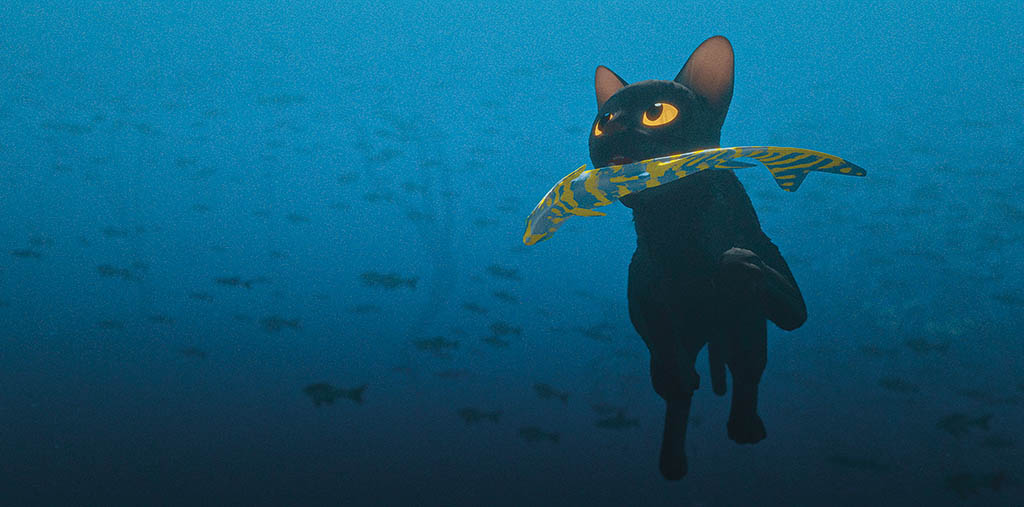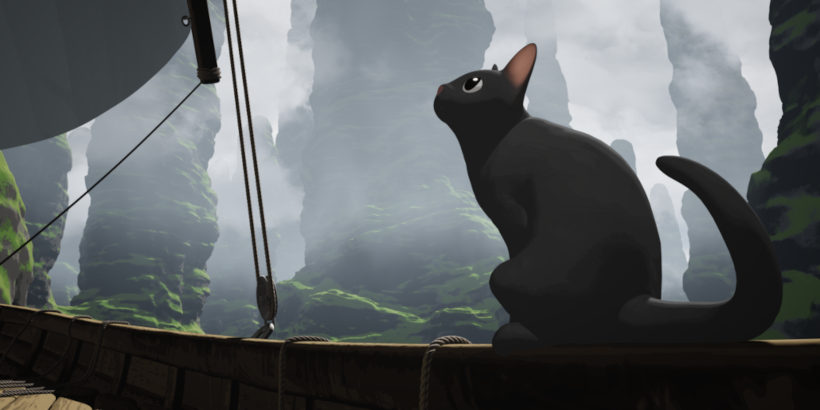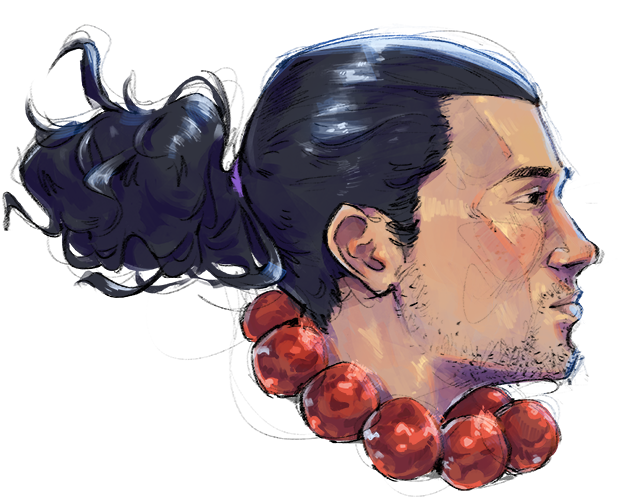As I entered into the world of “Flow“, it felt like floating in silence atop a raft, carried away by the waves of an apocalyptic flood. The film, created by the artistic Latvian director Gints Zilbalodis, is an elegiac story of survival and camaraderie: this time, from the viewpoint of a slender gray cat and its peculiar grouping of animal friends.
The silence is not a void but a space where the sounds of cracking leaves, chirping birds, and rushing water create scenery so wonderful you feel you are breathing the same air as the characters.
What captivated me as an artist was how Flow turned silence into a symphony. The characters, unadorned by words, spoke directly to my heart with their raw emotions.
The cinematography was like a dance, with the camera swooping and diving behind the cat in a way that felt eerily like stepping into a video game. I just felt it could be much more than visual watching; it felt like an adventure transformed into that painterly reality into that hauntingly beautiful dream space.
The experience of creating Flow was equally enthralling. Gints Zilbalodis created this work with Blender, a freely accessible and open-source 3D modeling software. Its real-time rendering engine EEVEE and customizability allowed Zilbalodis to animate very challenging scenes, such as flowing water and atmospheric settings, on a small budget. The method thus allowed him and his tiny team to realize a visually breathtaking film that feels both large and intimate.



While I enjoyed both Flow and its fellow nominee “The Wild Robot“, there was just something about The Wild Robot‘s tender story coupled with its dazzling visuals that made it my personal choice. However, Flow deserves every award it has garnered for its audacity to stretch the possibilities of animated storytelling. It is not just a film; it is an experience, one that stays with you long after the end credits.


